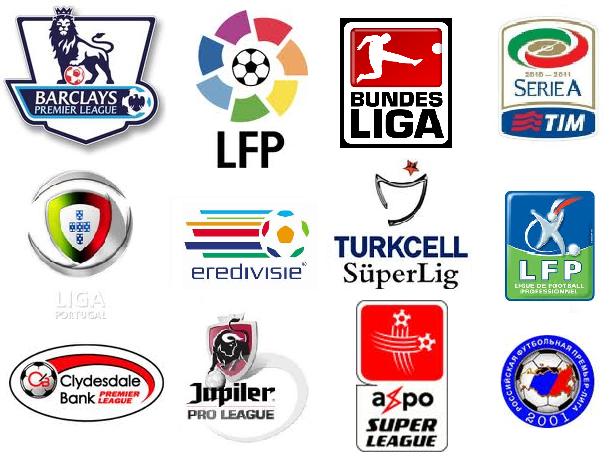Introduction:
The UEFA Europa League is an annual football club
competition organized by the Union of European Football Associations (UEFA). It
is one of the most prestigious tournaments in club football, and its history is
full of thrilling moments and memorable matches. In this blog post, we will
take a deep dive into the history of the UEFA Europa League, its format, and
some of its most epic moments.
The
Heroic Journey:
The journey to the UEFA Europa League final is a long and grueling
one. The tournament starts with the qualification rounds, where teams from all
over Europe battle it out for a place in the group stage. The group stage
consists of 48 teams, divided into 12 groups of four. The top two teams from
each group advance to the knockout stage, where the real drama begins.
The knockout stage is where the true champions are made. The
round of 32, round of 16, quarterfinals, and semi-finals all lead up to the
grand finale - the UEFA Europa League final. The final is a one-off match
played at a neutral venue, and the winner takes home the coveted trophy.
The
Legendary Teams:
Over the years, the UEFA Europa League has seen many great
teams compete for the title. Some of the most successful teams in the history
of the tournament include Sevilla, Liverpool, Atletico Madrid, Juventus, and
Inter Milan. These teams have all won the trophy multiple times, and their
victories have become the stuff of legend.
The
Iconic Matches:
The UEFA Europa League has also seen its fair share of
iconic matches. From last-minute winners to epic comebacks, the tournament has
provided football fans with some unforgettable moments. One such moment came in
the 2019 final when Chelsea faced off against Arsenal in an all-English affair.
Chelsea emerged as the winners, thanks to two goals from Eden Hazard, in what
was a thrilling match from start to finish.
Conclusion:
The UEFA Europa League is a tournament that showcases the
very best of European club football. Its format is designed to bring out the
best in teams, and its long and grueling journey is what makes winning the
trophy so special. From the legendary teams to the iconic matches, the
tournament has left an indelible mark on the world of football. The UEFA Europa
League is a true celebration of the beautiful game, and its legacy will
continue to inspire football fans for generations to come.









